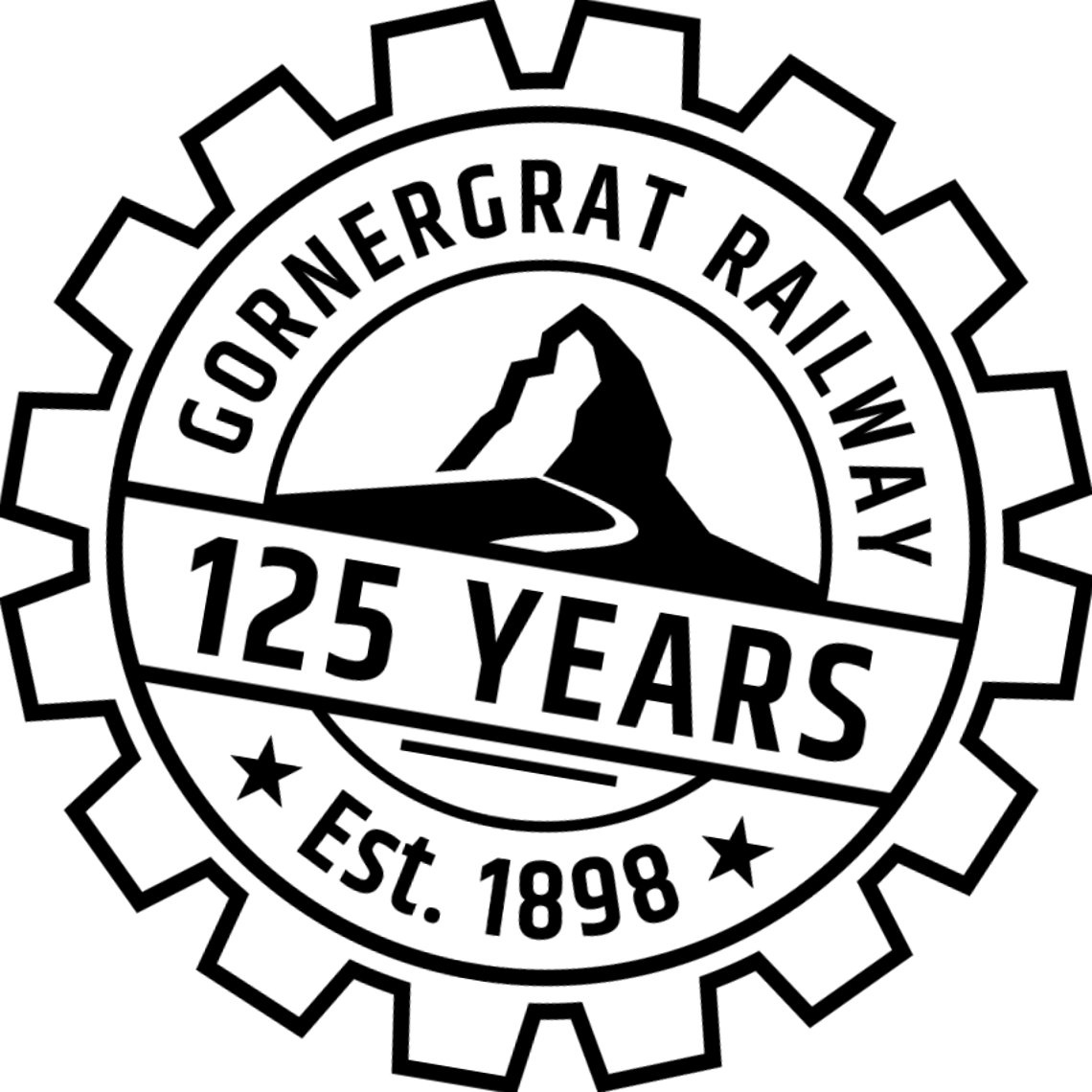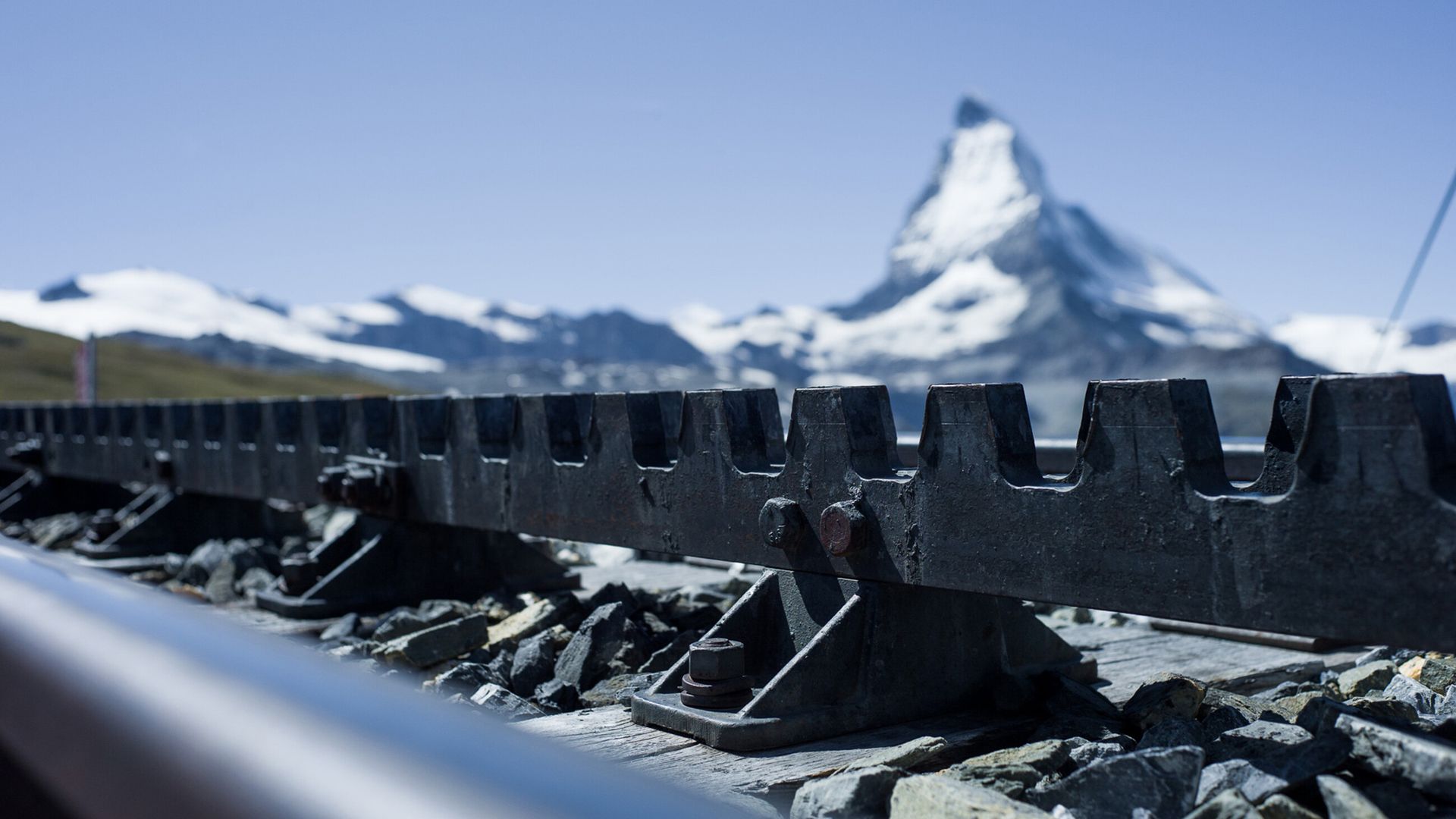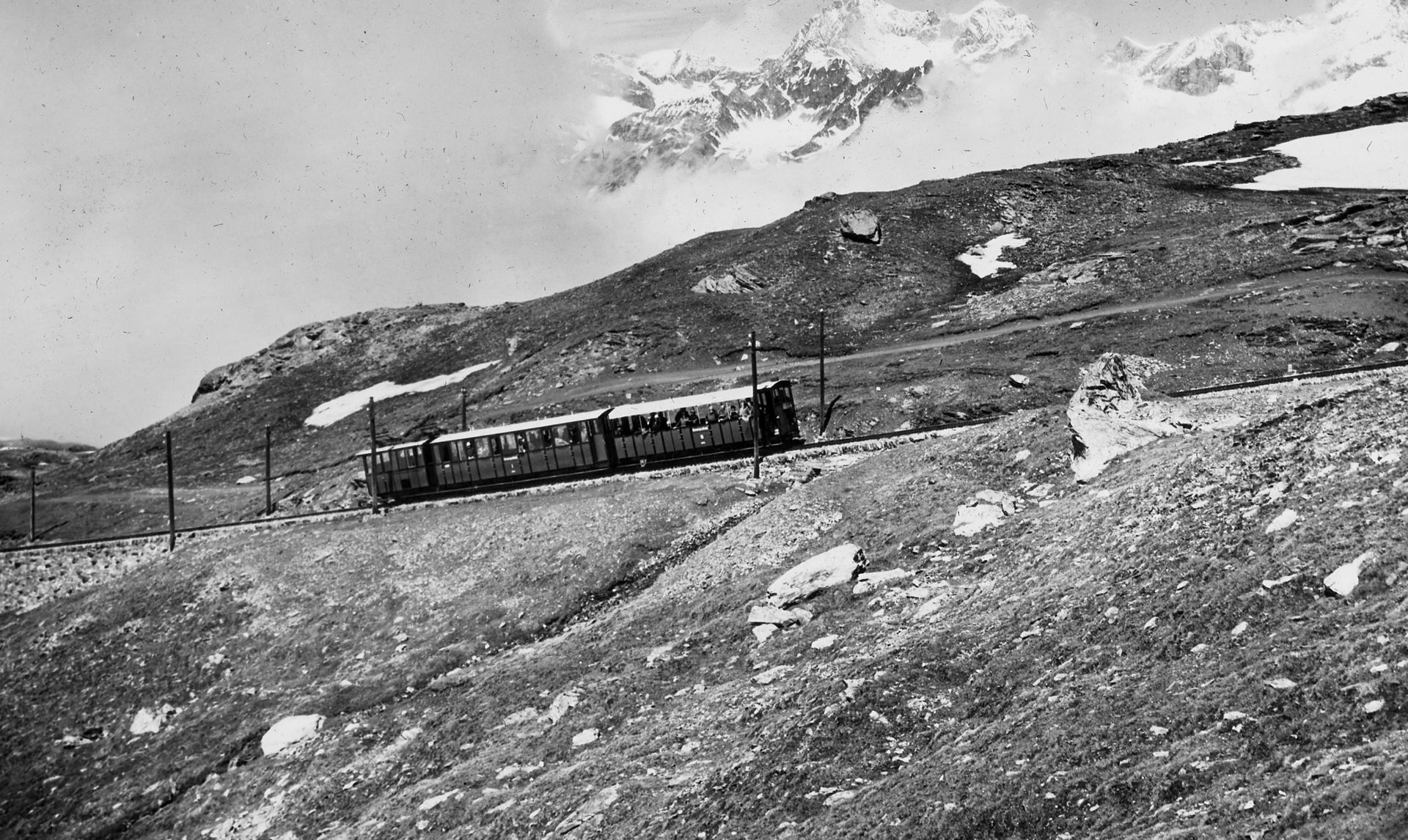The Gornergrat Railway and its 10,600 toothed racks
Story 114
Wear and tear does not only occur in human teeth. It also affects the toothed racks of the Gornergrat Railway.
Since its opening in 1898, the Gornergrat Railway has been running the entire line from Zermatt to the Gornergrat as a cog railway. Regular infrastructure upgrades have always been mandatory: in a four-year project, some of the toothed racks once again had to be replaced in 2012.
Twenty-eight kilometres of toothed racks?
Melanie Truffer, Head of Corporate Communications at the time, described the details in the employee magazine “Pantograph” in 2013 – 114 years after the railway opened: “A passenger covers a distance of 9.3 kilometres on the journey from Zermatt to the Gornergrat.” However, at 28 kilometres, the total length of the racks is more than three times that. Truffer explained it as follows: “This may be astonishing! However, if you count all the intersections, stations, double track sections and the fact that the racks are double, you will find out that the total length of the toothed racks is 28 kilometres. An individual rack measures 2.64 metres and weighs 67 kilograms, and that means around 10,600 individual racks are installed on the Gornergrat Railway, weighing a total of around 710.6 tonnes.”
Constant use leads to wear and tear
Truffer continued: “When riding over the racks, the cogwheel wears down the rack teeth. During both the descent and the ascent, the forces of the tooth edge act on the lower side of the rack teeth, i.e. the downhill side.”
Turned over or replaced?
“This is why it is possible to turn the toothed racks over instead of replacing them after around ten years of use, i.e. they are removed and reinstalled the other way round. On average, the toothed racks are in operation for 20 years.”
In 2015, the railway completed the renovation work at a cost of around CHF 2.5 million.


